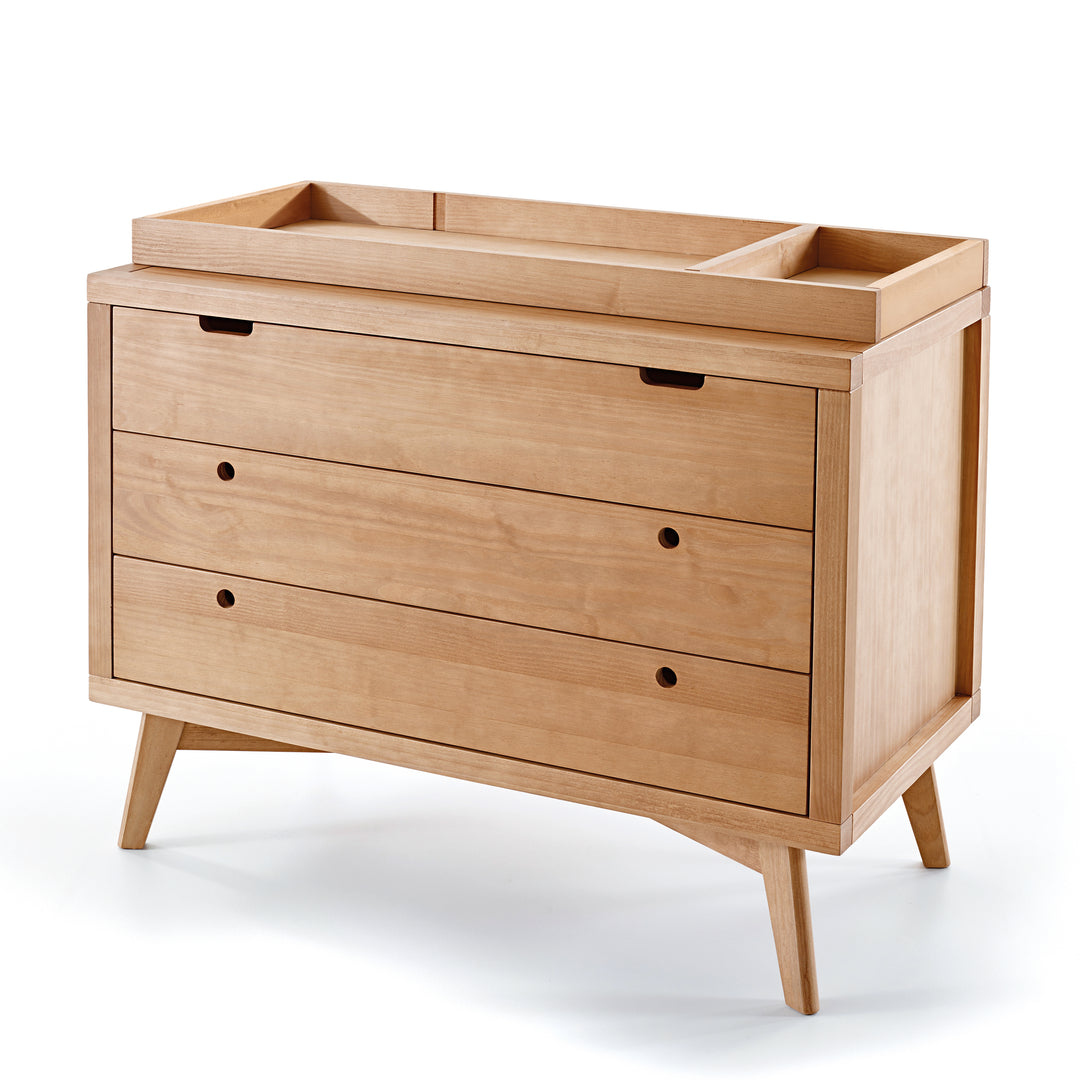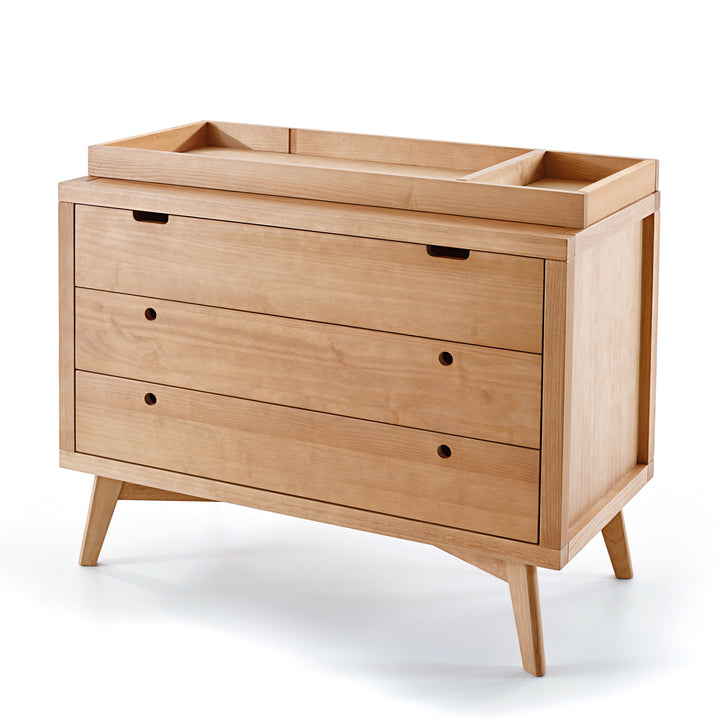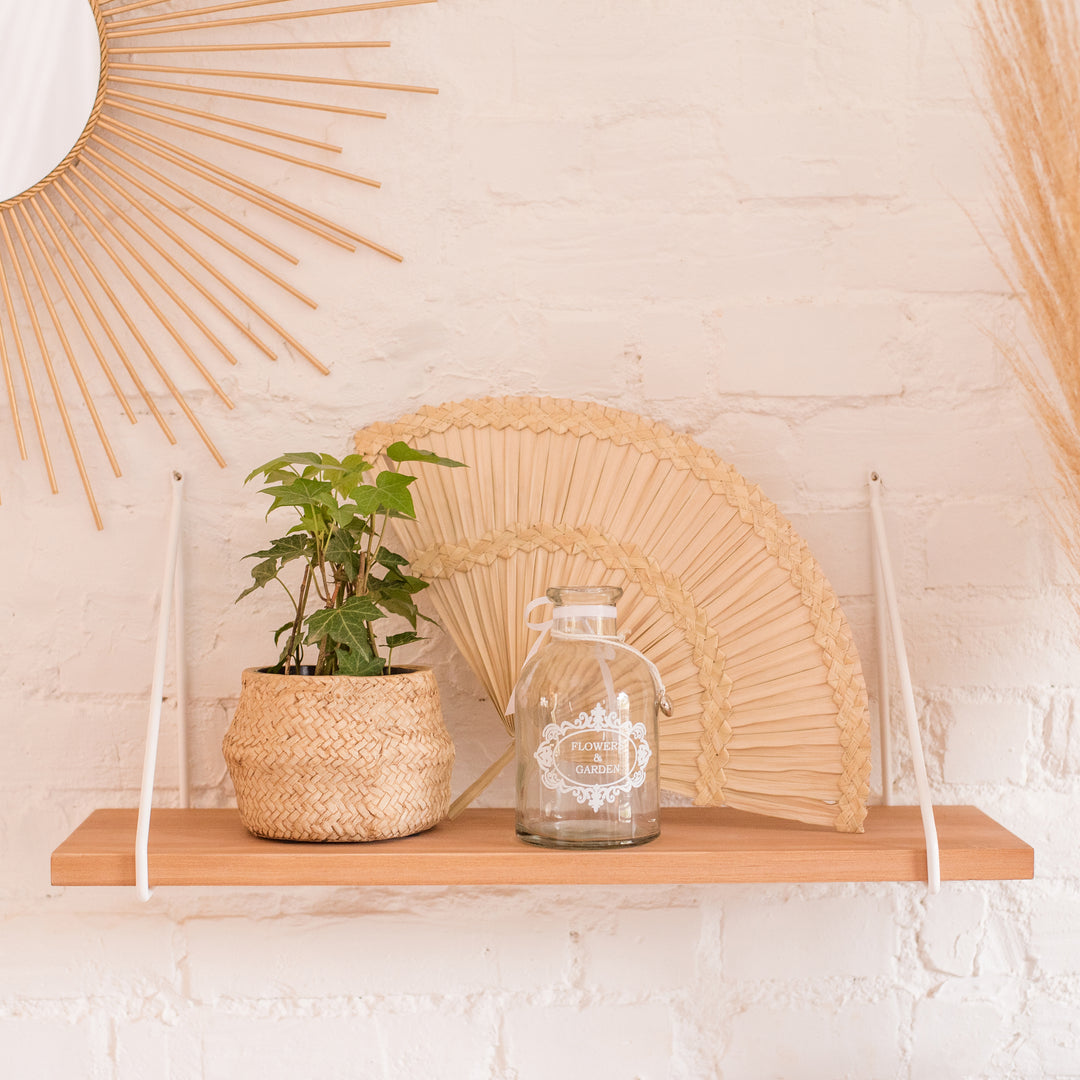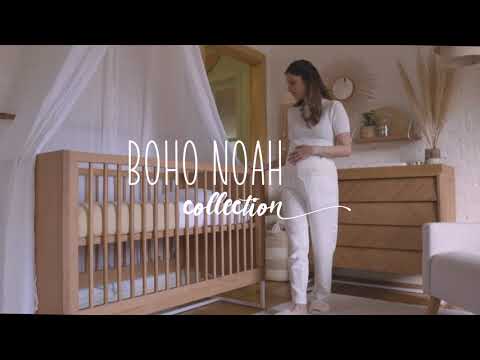Designing a Nursery for a Newborn With Allergies

Welcoming a newborn into your home is an exciting stage in life, but it comes with challenges, such as allergies. A newborn with allergies could seem difficult to handle, but by simply designing a nursery and home that’s safe, comfortable, and allergen-free, you and your little family can grow happily. Below, our guide will walk you through creating a nursery for a newborn with allergies—addressing how to minimize the risk of allergen exposure by handling it at the source.
Factors To Consider
Before delving into designing principles for an allergy-friendly home, it is crucial to understand the common allergens found in nurseries and their potential effects on a newborn.
Dust mites, mold, pollen, and pet dander are often the culprits. Exposure to these allergens can lead to sneezing, a runny nose, itchy eyes, and, in severe cases, difficulty breathing. Awareness of these allergens and their effects is the first step toward creating a safe, allergen-free haven for your child.
Common Allergies in a Nursery
Familiarize yourself with some of the most common allergens found in an infant’s bedroom when designing a nursery for a newborn with allergies.
Dust Mites
These microscopic creatures thrive in warm, humid environments and you can often find them in bedding, upholstered furniture, and plush toys.
Allergen Tip
Make sure to wash everything thoroughly with soap and water if you purchase or receive toys or bedding second-hand.
Mold
Mold spores can grow in damp areas, like windowsills or bathrooms connected to the nursery. One of our allergen tips is to keep windows closed when it rains or the air is humid. Additionally, avoid leaving open drinks in the bedroom to prevent spills.
Pollen
Keep the windows closed during spring and fall seasons when pollen counts are high if grass or gardens are near the nursery’s windows.
Pet Dander
Pets shed dander that can cause allergic reactions. Keep your pets out of your infant’s bedroom to lessen pet dander accumulation.
Chemicals
Certain materials and products, like paint, carpet, or synthetic fabrics, can emit volatile organic compounds (VOCs), triggering allergic reactions or asthma attacks. Use VOC-free paints and purchase items with non-toxic materials in their contents.
Impact of Allergens on a Newborn
Not all newborns react the same to allergens. They can experience many symptoms like skin irritations, respiratory issues, and gastrointestinal problems. More severe reactions can escalate into anaphylaxis, a life-threatening allergic reaction that requires immediate medical attention.
Infants exposed to allergens long-term develop chronic conditions like asthma and hay fever. These conditions can cause discomfort and distress later, interfering with their sleep patterns and overall mood.
Designing and maintaining an allergen-free nursery can help resolve and minimize allergen intake for your baby. Paying attention to the finer details of nursery design can significantly mitigate your newborn’s exposure to these allergens, ensuring their comfort, well-being, and healthy development.
Designing an Allergen-Free Nursery
Creating a safe space for your allergy-prone newborn requires thoughtfulness. Let’s look at some of the ways you can design an allergy-friendly nursery:
Choice of Furniture
Opt for pieces made from solid wood or non-toxic, low-VOC materials when choosing furniture for the nursery. Avoid upholstered furniture as it can harbor dust mites and other allergens. Pick a rocking chair with a detachable seat cover instead of a traditional armchair if you need a soft seating option.
Selection of Paints and Finishes
Choose paints marked as low-VOC or VOC-free when painting the walls. These are less likely to irritate your baby. The same applies when selecting finishes for the nursery’s furniture.
Selection of Rugs and Carpets
Rugs and carpets can trap dust, pollen, and pet dander, making them challenging to keep clean. Stick to hardwood, linoleum, or vinyl flooring as they’re easy to clean, and choose washable rugs to reduce allergens.
Bedding and Mattress Choices
Choose a hypoallergenic mattress and cover it with a dust-mite-proof cover. All bedding, including sheets, pillowcases, and blankets, should be hypoallergenic and washed frequently with a gentle, fragrance-free detergent.
Maintaining an Allergen-Free Environment
Once you finish setting up your baby’s allergen-free nursery, it’s essential to maintain it so it lasts. Not regularly cleaning can increase your little one’s exposure to allergens. Keep your infant safe from dander and pollen by learning to preserve an allergen-free nursery.
Regular Cleaning and Maintenance
Keeping the nursery clean is crucial to help minimize allergens. Regularly wash all bedding in hot water to kill dust mites and remove other allergens. Dust and wipe down surfaces often, and vacuum carpets and rugs using a vacuum cleaner with a HEPA filter. Make sure to also wash your child’s plush toys daily.
Ventilation and Air Purification
Good ventilation can help reduce indoor allergens. Open the windows to let in fresh air when the sun’s out and it’s warm outside. However, be mindful of the pollen coming in if your child has an allergy. An air purifier with a HEPA filter can help filter out allergens in the air.
Using Allergy-Friendly Laundry Products
Use fragrance-free, hypoallergenic laundry detergent on your baby’s bedding and clothes. Avoid using fabric softeners and dryer sheets since they typically contain skin-irritating fragrances and chemicals.
Consider the Hallway
It’s important not to overlook the hallway leading to the nursery when considering allergen exposure. Allergens can travel from other parts of the home into the baby’s room through hallways.
Allergen-Free Flooring
As previously mentioned, flooring is a crucial consideration for the nursery and throughout your home. Carpets can trap allergens like dust and pet dander, which your feet or clothing can carry into the nursery. Consider switching to hard flooring because it’s easier to clean and control allergens.
Hallway Furniture
If you have furniture in your hallway, consider its impact on the allergen levels in your home. As you now know, upholstered furniture can collect dust mites. Opt for wood or metal furniture that is easier to clean and less likely to harbor allergens.
Hallway Cleaning
Cleaning the hallway at least once a day can minimize the allergens in your home. Completing weekly tasks, like dusting, vacuuming, sweeping, and mopping, can help improve the space your child grows up in. Pay careful attention to corners and areas under furniture where dust can collect.
Designing a nursery for a newborn with allergies is an achievable goal. Simply Nursery prioritizes your baby’s health and comfort. We designed our wide range of nursery furniture products, including our baby changing tray, with love and crafted each piece from rehabilitated Brazilian forests. We understand the importance of minimizing allergens and creating a safe, comfortable, and nurturing space for your little one. So, we invite you to shop our online store for natural wood furniture that brings the room together and helps create an allergen-free environment. It takes us working together to create a safe and fun space for your small family to learn, grow, and love.




































































Leave a comment